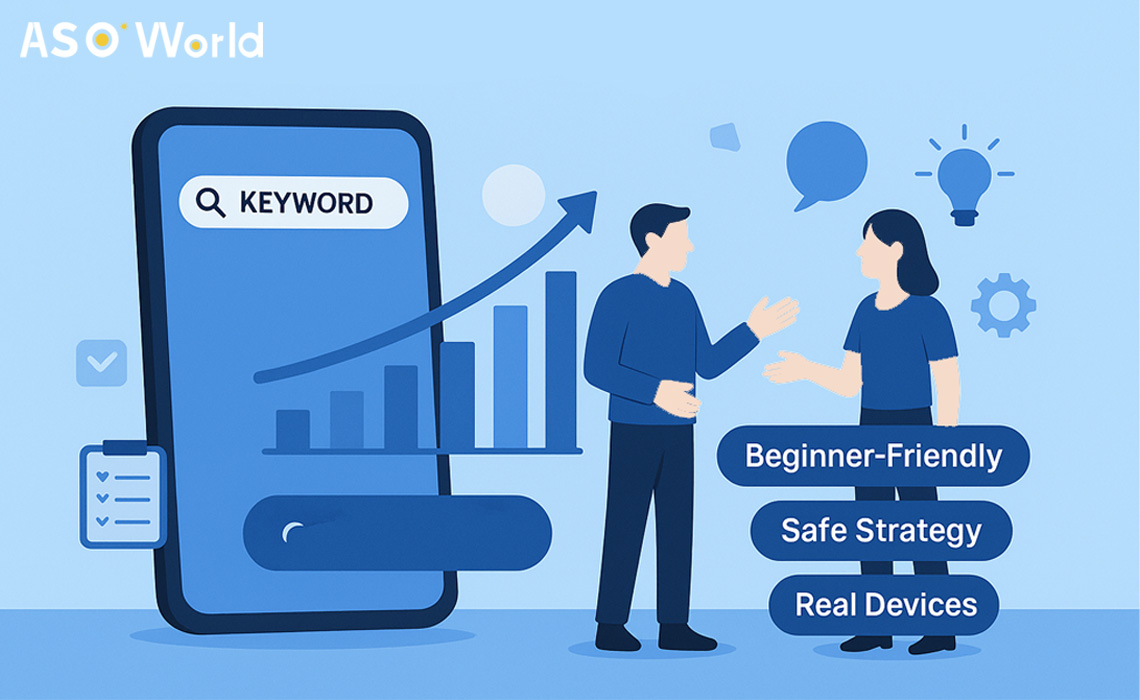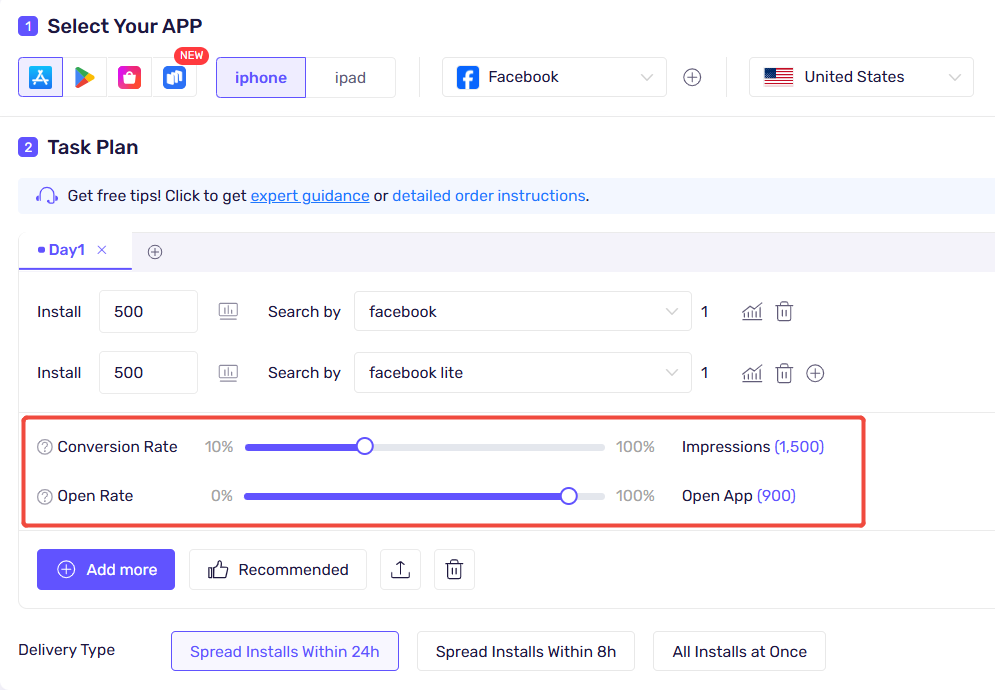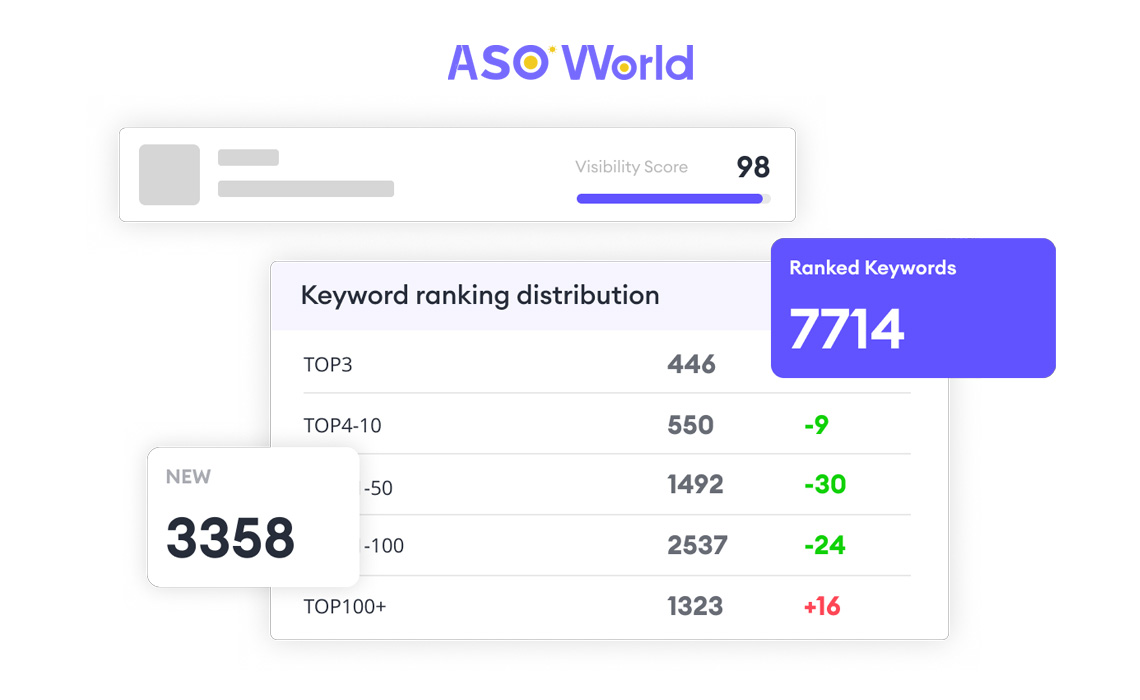How Can iOS App Product Page Localization Improve Your ASO Performance?






How to buy keyword installs safely using impression+keyword tactics and a Black Friday case study for sustainable app growth.

Imagine a small mobile game studio. Their goal: appear in a country’s top chart within two weeks to catch a seasonal opportunity. Budget is limited and the team is nervous. They know they could push lots of paid installs and might see a ranking jump — but they’re worried: will those installs be from players who actually open and keep playing? Or will the spike attract platform scrutiny and leave them with a short-lived number that disappears after the campaign ends?
That tension — short-term pressure vs. long-term quality — is exactly what this article addresses. The point is to use paid activity in a way that looks and behaves like real user interest, so platforms and real users respond positively.
A fast, heavy push for installs focuses on one number: installs. But installs alone don’t tell the whole story. If many people install but few open the app, or they drop off quickly after day 1, the app’s ranking and visibility may not hold. Platforms look for signals of real user interest — people opening, using, and keeping the app — not just downloads.
Consequences of chasing installs only:
The safer approach starts by improving the entire paid-to-organic path so the installs you buy behave like real installs. That is the role of an impression + keyword install service: it boosts meaningful exposure, improves conversion (so more viewers become installers) and open rates (so more installers actually open the app), and paces installs to match normal user behavior. Together these make the campaign’s numbers more reasonable and less likely to trigger platform alarms.

A common problem with keyword-only install buys is that they can create unnaturally perfect numbers — for example, an immediate and complete conversion from click to install. Real user behavior never looks like that: people see an app, some install, and an even smaller share actually open and use it. That gap is normal and expected.
Our approach fixes this by intentionally making the paid funnel look realistic. Instead of driving installs that all behave exactly the same, the impression + keyword install service adjusts two things:
By producing these more natural-looking patterns, the campaign gives the app store the kinds of signals it expects from real users — not a one-off spike. When installs are followed by reasonable open and retention behavior, the app is far more likely to be seen as quality content by store algorithms, which improves the chances of ranking lift and organic recommendations.
A growing e-commerce app wanted to boost visibility during Black Friday, one of the most competitive shopping periods of the year. They faced a clear challenge: limited budget and only a short window to act. Instead of spending nearly all of it on driving installs, the team took a more balanced approach:
First, they increased targeted exposure so more deal-hunters saw the app ahead of the sales weekend.
They refreshed the store page, adding banners that highlighted time-limited discounts and clear screenshots of best-selling categories.
Finally, they ran a modest, paced install push to encourage early traction as the shopping event began.
The app rose in the shopping category chart, and — more importantly — new users actively browsed, added items to cart, and returned to check for more deals over the following days. After the initial push, the app continued to attract organic shoppers searching for Black Friday offers. No abnormal activity was flagged, and the campaign built a base of real, engaged customers.
The takeaway: for seasonal peaks like Black Friday, balanced exposure and store preparation, combined with modest support, deliver more sustainable growth than a one-time surge of paid installs.

Not if the activity looks like real interest. The goal is to create a natural path from seeing the app to opening it. That means varied exposure sources, normal pacing, and a store page that delivers on the promise.
Only if the campaign brings users who don’t stick. By improving what people see and why they should care (store page, messaging), the users you gain are more likely to stay, helping rankings remain stable.
Direct install buys can look cheap on paper but often don’t deliver long-term value. Spending a portion of your budget to make those installs count — by targeting the right people and improving conversion on the store page — usually gives a better return over time.
Look beyond raw installs. Focus on whether people open the app, come back the next day, and remain active. If those things improve, your campaign was constructive, not just cosmetic.
Short bursts of installs can feel great on a dashboard, but the real goal is lasting user interest. When exposure, store presentation, and measured install support that improves CVR and OR work together, short-term campaigns become useful tools — not risky gambles.
If you’d like to try this approach, ASOWorld now offers a managed Impression + Keyword-Install service that tunes conversion and open rates so paid installs behave like real users. Reach out to ASOWorld to request a free self-audit checklist or to set up a short pilot campaign — we’ll help you test safely and see whether the approach moves your key metrics.

Get FREE Optimization Consultation
Let's Grow Your App & Get Massive Traffic!
All content, layout and frame code of all ASOWorld blog sections belong to the original content and technical team, all reproduction and references need to indicate the source and link in the obvious position, otherwise legal responsibility will be pursued.